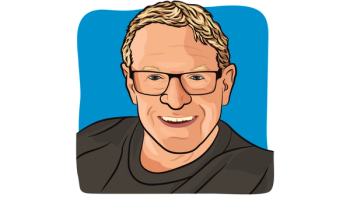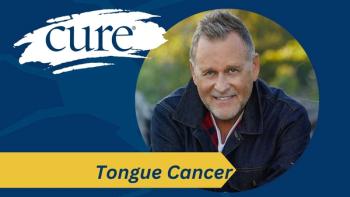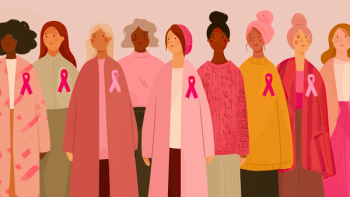
Finding Healing Through Creativity and Human Connection
Key Takeaways
- The Create to Heal program uses creative practices to facilitate emotional healing for cancer survivors, fostering personal growth and vulnerability.
- Participants experienced catharsis, group cohesiveness, and existential reflection, inspired by Dr. Irvin D. Yalom's group therapy principles.
After joining a creative survivors’ group, I discovered that emotional expression, art and connection offered a profound kind of healing beyond treatment.
I’ve been part of a pilot study for a cancer survivors’ group called Create to Heal, which met at the regional cancer hospital in Santa Fe. We recently finished our final session together, and I’ve been reflecting on how much it has meant to me.
The Create to Heal program is designed to gently guide participants out of their critical minds and into their hearts — a place where the healing process can truly begin. We explored various creative practices — writing, drawing, painting, working with clay, and music — to access deeper emotional healing beyond traditional conversation.
Our Friday afternoon group included seven participants, all women except for me. One member also served as a program evaluator. As a prostate cancer survivor (now in remission) and someone currently undergoing treatment for chronic lymphocytic leukemia, I’ve had experience with cancer support groups, mostly online. This was my first in-person group, and the difference was profound.
From the start, it was an emotional experience. Several group members had endured, or were still facing, cancer and medical conditions much more serious than my own. I was deeply moved and humbled by their resilience. I made a point of telling them how much they inspired me.
By our third session, my emotions spilled over — I cried openly, something I rarely allow myself to do around others. That vulnerability was a turning point. I’ve been working with an existential psychologist for a couple of years, and she introduced me to the philosophy of “here and now” therapy, developed by Dr. Irvin D. Yalom, a Stanford psychiatrist and acclaimed author. His approach emphasizes the importance of authentic interpersonal connection and emotional expression within a group setting.
I’ve read many of Yalom’s works, which explore the human condition and the therapeutic potential of group dynamics. In our Create to Heal group, I began to see exactly what he meant. The atmosphere of shared stories, honest feedback, and creative expression created a safe space where emotional walls came down. It mirrored Yalom’s ideal group experience.
This group helped reduce my feelings of isolation and gave me a much-needed sense of belonging. We often worked through personal issues that had nothing to do with cancer, which was incredibly healing. Cancer may have brought us together, but our human experiences — grief, fear, resilience, hope — were what truly connected us. I felt seen, heard, and accepted.
The creative exercises allowed me to access a part of myself I often keep hidden. Through them, I found the emotional vulnerability and personal growth I didn’t even know I was seeking. I’ve come to recognize just how difficult it is for me to honestly express my emotions — and how relieving and freeing it can be when I do.
Yalom identifies several key principles in group therapy, which I experienced firsthand:
- Catharsis: Expressing long-held emotions in a supportive environment can bring powerful emotional release.
- Group cohesiveness: The trust and support within a group foster strong emotional bonds and a sense of shared experience.
- Existential reflection: Facing illness together naturally leads to confronting deeper questions about life, death, and meaning. These reflections can open doors to greater self-awareness and a renewed sense of purpose.
Our Create to Heal group succeeded in creating exactly this type of space. Through creative expression, it offered us tools to reframe our experience — not just with cancer, but with life itself. It helped us find meaning in places we might not have looked and opened possibilities many of us never imagined.
As I wrap up this chapter, I carry with me the deep emotional insights, personal breakthroughs, and, most importantly, the heartfelt connections I made. Healing doesn’t always come in the form of medicine or treatment. Sometimes, it comes through a paintbrush, a lump of clay, a song — or simply a shared story.
This piece reflects the author’s personal experience and perspective. For medical advice, please consult your health care provider.
For more news on cancer updates, research and education,




